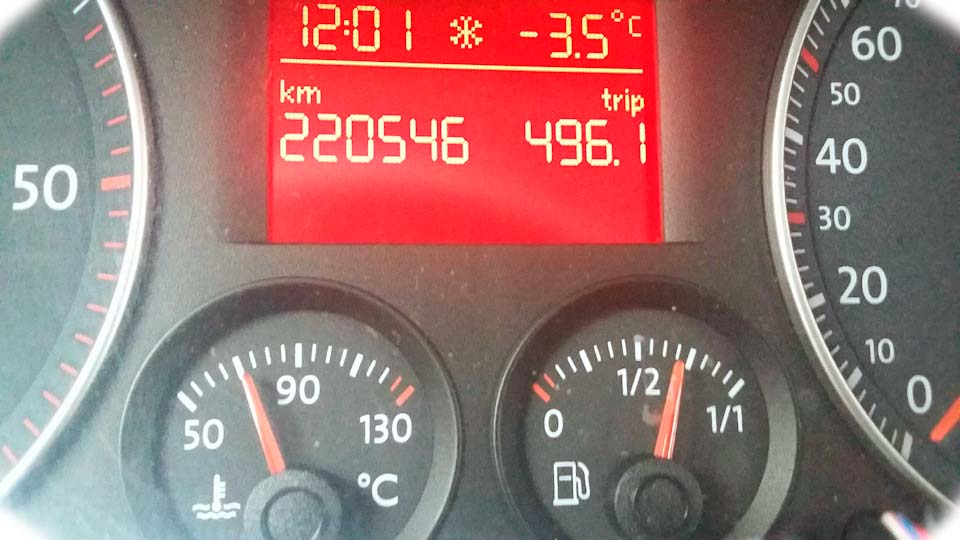Remote starters have become a popular convenience feature for many drivers in recent years, allowing them to start their vehicles remotely with the press of a button. There are numerous practical benefits to this technology, including preheating or cooling the car before its occupants enter, as well as allowing you to start your engine before driving it to warm up its parts. But one important question remains: does remote start use more gas? In this article, we’ll provide an answer to this question and discuss the potential effects of remote start on fuel consumption. We’ll also consider some of the other factors to consider when using a remote starter.
How Does Remote Start Work?
Remote start allows drivers to start their cars remotely using a key fob or a smartphone app. The process of remote start begins with a small electronic device installed in the vehicle, which is connected to the car’s ignition system. When activated, the remote start system sends a signal to the vehicle’s computer, instructing it to start the engine. This signal is transmitted either through radio frequency or cellular technology, depending on the type of remote start system. Once the signal is received, the vehicle’s computer initiates the necessary processes to start the engine, such as activating the ignition and fuel systems. The remote start feature typically includes safety measures to prevent unauthorized use, such as requiring the key fob to be within a certain distance of the vehicle or using encrypted signals for communication. Overall, remote start provides drivers with the convenience of starting their vehicles remotely, allowing them to warm up or cool down the interior before getting in, and making the driving experience more comfortable.
How Much Fuel is Used When Remote Starting?

Other Factors to Consider When Using Remote Start
Although remote starting has a minimal effect on fuel consumption, there are still some other factors to consider when using this feature. For instance, some automakers recommend that their vehicles only be remotely started a maximum of three times in succession to prevent overloading the engine and battery. Additionally, if you’re concerned about the environment, be sure that your car is properly tuned and maintained to reduce emissions when using remote start, as well as while driving. Lastly, it’s important to note that depending on your location or climate conditions, remote start may not be the most efficient way to heat or cool your vehicle before driving—it may be better to use energy-efficient methods such as opening windows or using seat warmers/coolers instead.
Conclusion
In conclusion, remote start has minimal effects on gas mileage and fuel consumption due to its brief running time. However, there are still other factors to consider when using this feature—such as maintaining your car properly for optimal environmental efficiency and limiting the number of consecutive starts for safety reasons—so it’s important to keep these tips in mind before activating your vehicle’s remote starter. Additionally, it might be worth investigating if your remote starts turning on by itself, which could be a sign of a malfunctioning system. Keeping these tips and possible issues in mind will ensure a safe and efficient use of your vehicle’s remote starter.


Add Comment